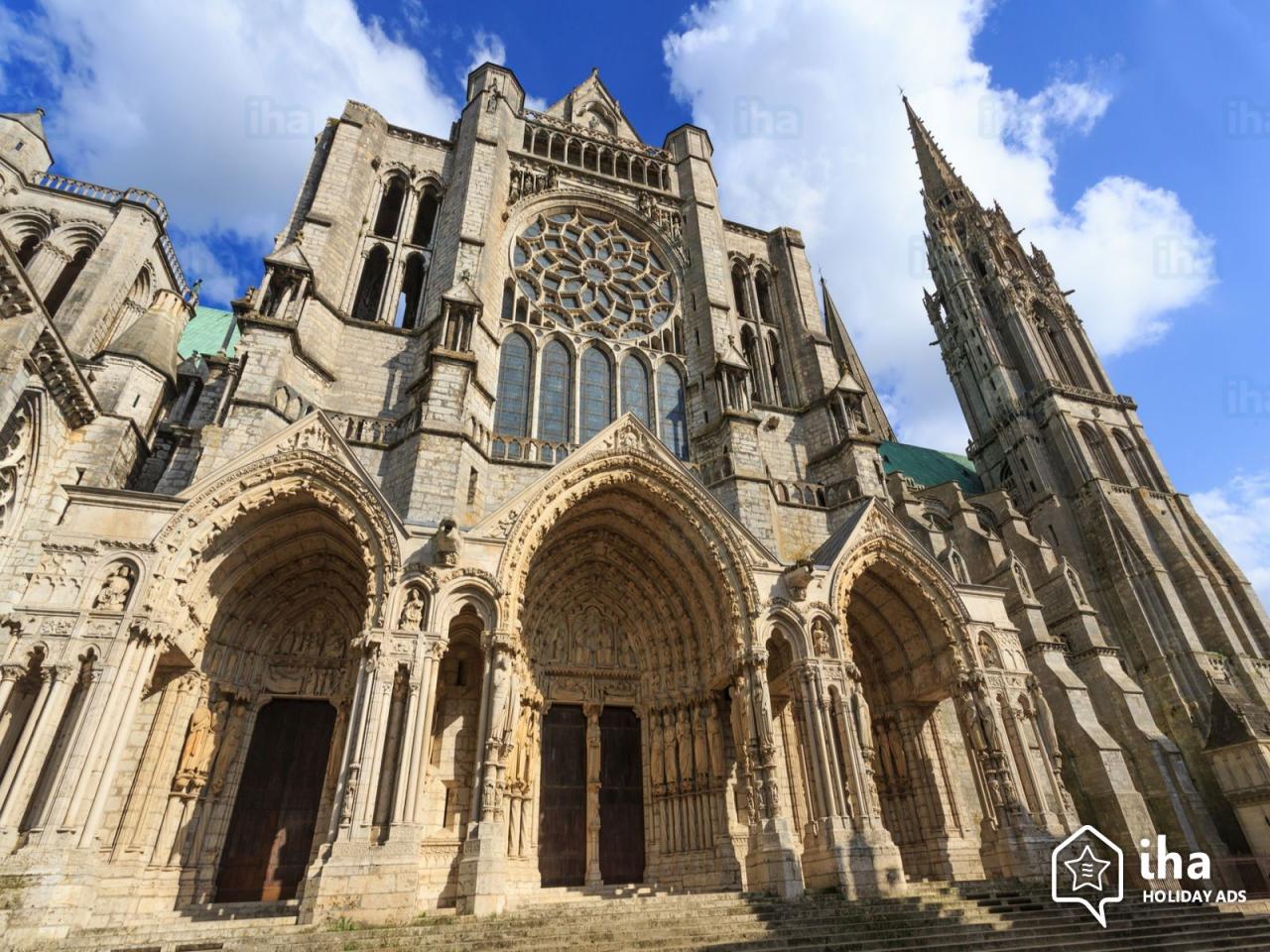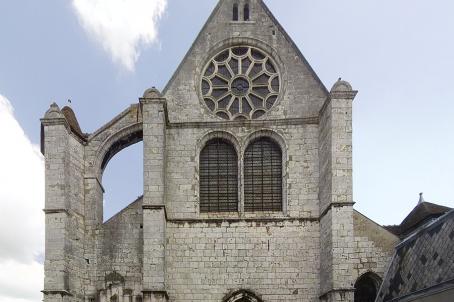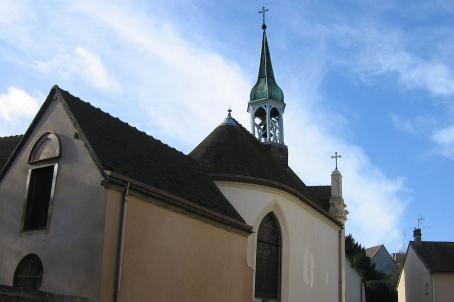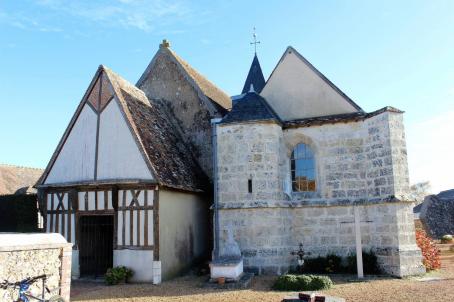Chartres Cathedral
Built in 1194, after a fire that destroyed the old cathedral, the Chartes Cathedral marks the highest point of the French Gothic art. This UNESCO World Heritage site is in remarkable conditions—known for the astonishing color of the beautiful stained-glass windows, called blue of Chartres.
About this building
The cathedral of Chartres preserves a relic of the Virgin Mary. It has therefore been a place of pilgrimage since Carolingian times. In 1194 a fire destroyed the Romanesque cathedral, the only elements spared were the lower part of the facade and the crypt. The beginning of the reconstruction was immediate because it began in 1195. The crypt and facade are kept in place and therefore remain intact. The cathedral keeps the same dimensions. The reconstruction is rapid due to significant funding. In 1836, a fire destroyed the structure, which was replaced by an iron and copper structure.






